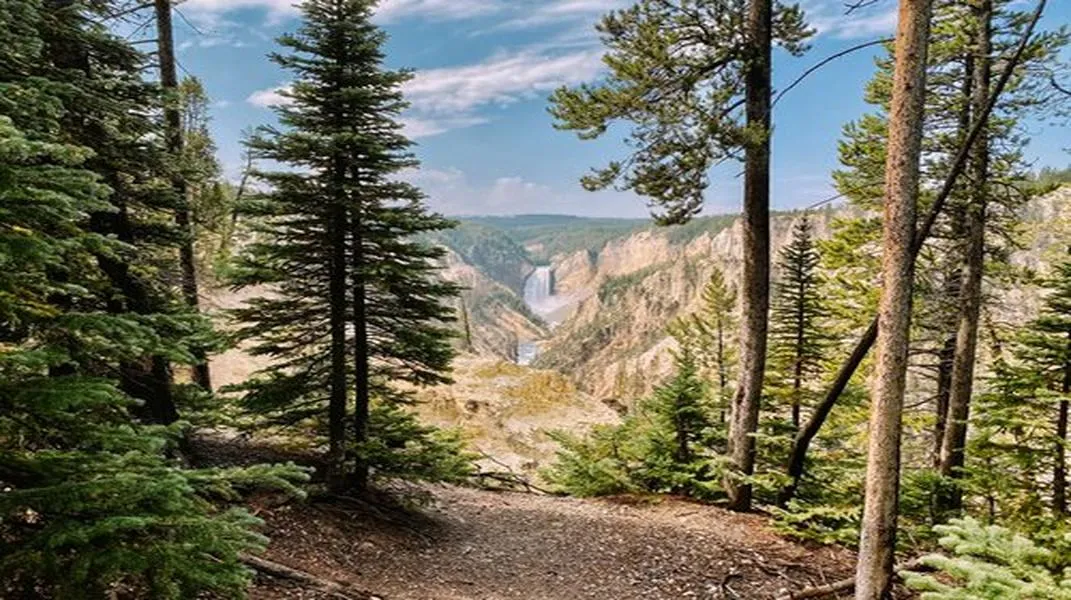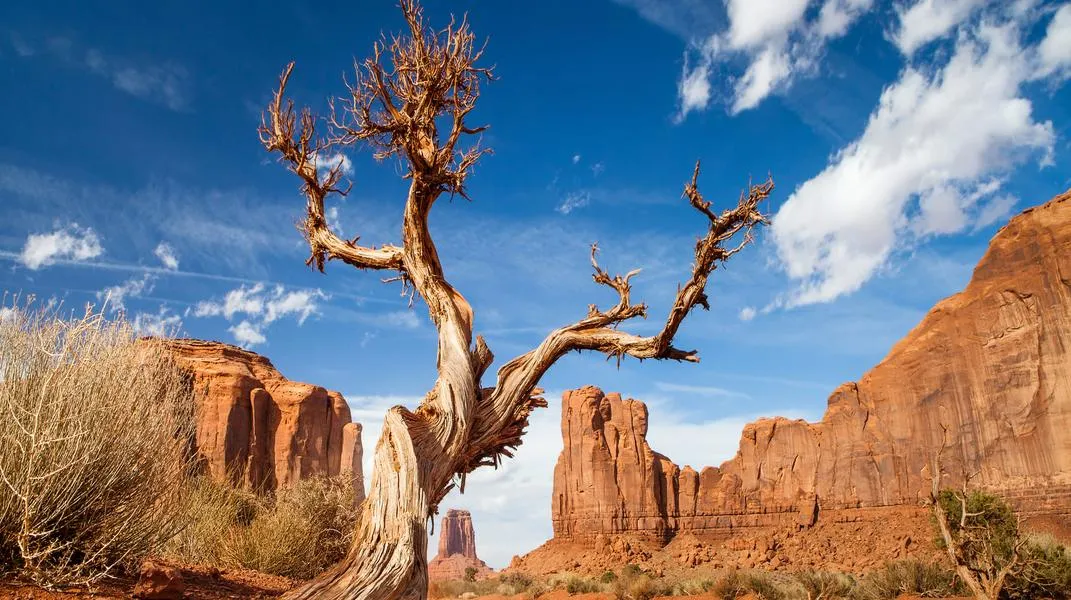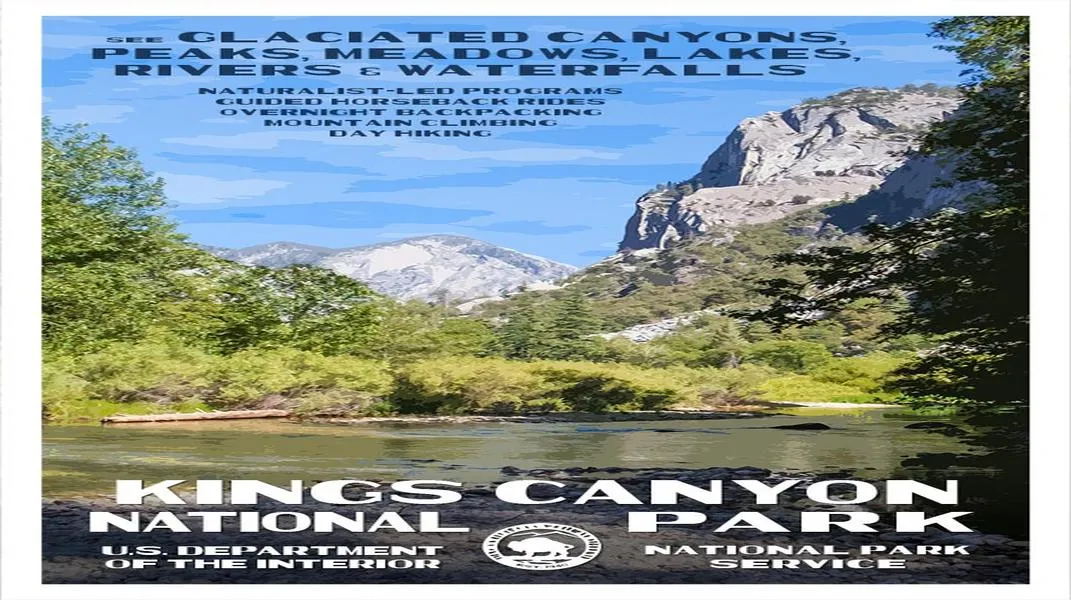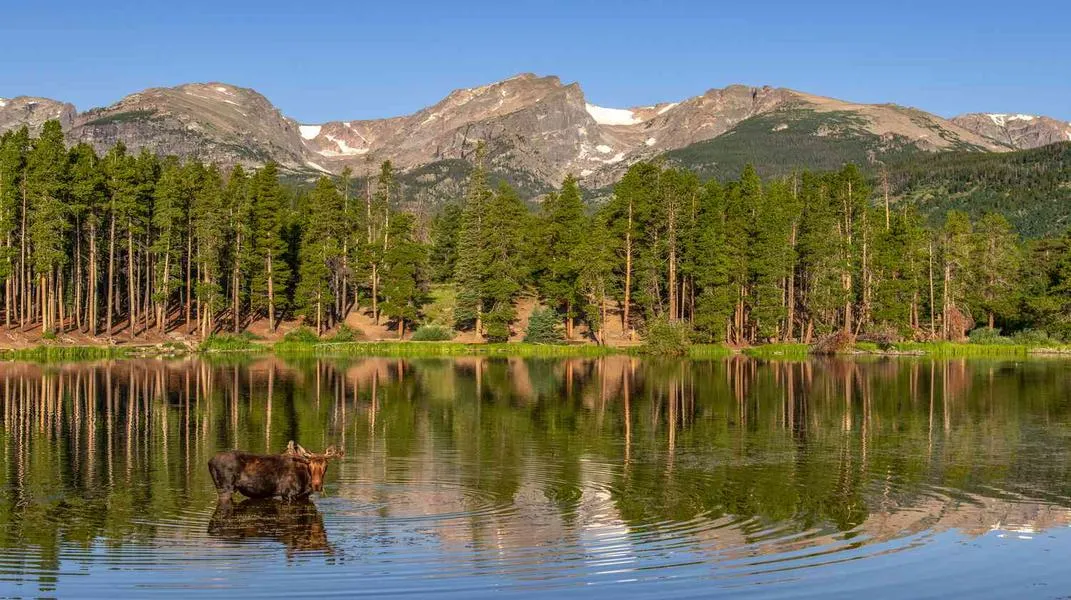Exploring Katmai National Park and Preserve: A Journey into the Wild
Nestled in the rugged wilderness of Alaska, Katmai National Park and Preserve is a breathtaking expanse of natural beauty that attracts adventurers, wildlife enthusiasts, and nature lovers from around the globe. Covering an area of over 4 million acres, Katmai is renowned for its stunning landscapes, diverse ecosystems, and, most famously, its population of brown bears. This article will take you on a detailed exploration of this extraordinary destination, what you can expect during your visit, and the essential materials you’ll need to prepare for an unforgettable experience.
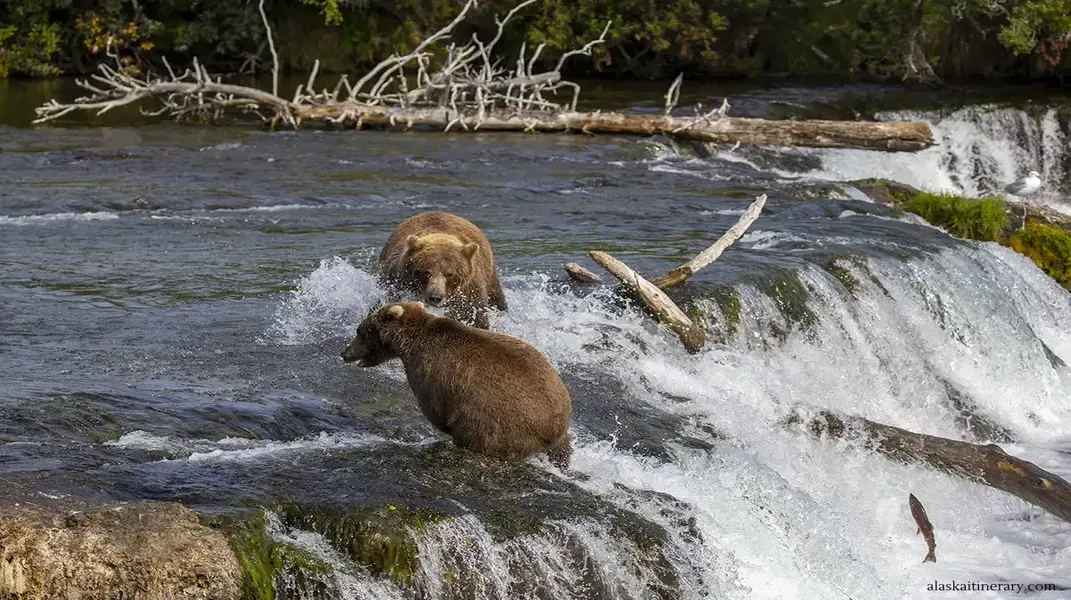
The Allure of Katmai National Park
A Brief History
Established in 1980, Katmai National Park was initially created to protect the unique volcanic landscapes and ecosystems formed by the 1912 eruption of Novarupta, one of the largest volcanic eruptions in recorded history. The park is known for its dramatic volcanic features, including the Valley of Ten Thousand Smokes, which showcases the remnants of the eruption. In addition to its geological significance, Katmai is also a vital habitat for wildlife, making it a rich tapestry of natural wonders.
Diverse Ecosystems
Katmai's diverse ecosystems range from lush coastal wetlands to alpine tundra, providing habitat for a variety of wildlife species. The park is home to over 200 species of birds, including the majestic bald eagle and the colorful harlequin duck. Marine mammals like sea otters and seals can be spotted along the coast, while an abundance of fish, including salmon, supports a thriving ecosystem.
However, the most iconic residents of Katmai are undoubtedly the brown bears. The park is famous for the Brooks River, where visitors can observe these magnificent creatures fishing for salmon during the summer months. The sight of a bear catching a leaping salmon is a highlight for many visitors and a testament to the park's rich biodiversity.
Scenic Landscapes
Katmai’s landscapes are as diverse as its wildlife. Towering mountains, pristine lakes, and vast valleys create a stunning backdrop for outdoor activities. Highlights include:
- Valley of Ten Thousand Smokes: A surreal landscape formed by volcanic ash, this area offers unique hiking opportunities and breathtaking views of the surrounding mountains.
- Brooks Falls: Known for its bear viewing opportunities, Brooks Falls is a must-see destination within the park. The falls themselves are a beautiful sight, and the surrounding area is rich with flora and fauna.
- Katmai Coast: The rugged coastline, dotted with fjords and steep cliffs, provides opportunities for kayaking, wildlife viewing, and exploring tidal pools.
- Alaska Peninsula: This remote area features stunning vistas, abundant wildlife, and opportunities for fishing, hiking, and camping.
Cultural Significance
Katmai is also rich in cultural history. The park is located on the ancestral lands of the native Alaskan people, particularly the Yupik and Aleut tribes. The area is imbued with stories and traditions linked to the land and its resources. Visitors can explore the cultural heritage of the region through interpretive programs offered by the National Park Service.
Preparing for Your Visit
Visiting Katmai National Park and Preserve requires careful planning and preparation. Here is a detailed guide on the materials you’ll need for an enjoyable and safe experience.
Travel Arrangements
- Transportation:
- Air Travel: The closest major airport is in Anchorage, Alaska. From there, you can book a charter flight to one of the local airstrips near the park, such as King Salmon or Brooks Camp.
- Boat Travel: Some visitors choose to arrive by boat, especially if they are planning to explore the coastal areas of the park.
- Accommodations:
- Camping: Katmai offers several campgrounds, including those at Brooks Camp. Reservations are recommended, especially during the peak summer months.
- Lodging: If camping isn’t your style, consider booking a stay at one of the lodges in King Salmon or other nearby communities.
Essential Gear
- Clothing:
- Layered Clothing: The weather can be unpredictable, so layering is key. Bring moisture-wicking base layers, insulating mid-layers (like fleece), and waterproof outer layers (jackets and pants).
- Footwear: Waterproof hiking boots are essential for navigating the rugged terrain. Make sure to break them in before your trip!
- Accessories: Don’t forget a warm hat, gloves, and a scarf, as temperatures can drop significantly, especially in the evenings.
- Backpack: A durable, comfortable backpack will be crucial for day hikes and excursions. Ensure it has enough space for your gear, food, and water.
- Sleeping Gear: If camping, bring a high-quality tent, sleeping bag rated for cold temperatures, and a sleeping pad for insulation and comfort.
Hiking and Safety Gear
- Navigation Tools:
- Map and Compass: While GPS devices are handy, having a physical map and compass is essential for navigation in remote areas.
- Guidebook: A guidebook can provide valuable information about the park’s trails, wildlife, and safety tips.
- Safety Equipment:
- Bear Spray: Given the park’s renowned bear population, carrying bear spray is crucial. Familiarize yourself with how to use it before your trip.
- First Aid Kit: A well-stocked first aid kit is essential for any outdoor adventure. Include items like band-aids, antiseptic wipes, pain relievers, and any personal medications.
- Water and Food:
- Water Filtration System: Katmai has numerous freshwater sources, but it’s wise to have a water filtration system or purification tablets to ensure safe drinking water.
- Non-Perishable Food: Pack lightweight, high-energy foods like energy bars, nuts, dried fruits, and freeze-dried meals for your hikes.
Photography and Wildlife Viewing
- Camera Gear:
- Bring a good camera with a zoom lens to capture the stunning landscapes and wildlife. A smartphone with a decent camera can also suffice for casual photography.
- Binoculars are a must for bird watching and observing wildlife from a distance.
- Notebook and Sketching Materials: If you enjoy journaling or sketching, bring along a notebook and some pencils to capture your thoughts and impressions of the park.
Additional Considerations
- Permits and Regulations:
Before your visit, check if you need any permits for specific activities, such as fishing or camping in designated areas. Familiarize yourself with the park regulations to ensure a safe and responsible visit.
- Plan Your Itinerary:
Research the various trails, viewing hotspots, and activities available in the park. Planning your itinerary in advance will help you make the most of your time in this stunning wilderness.
- Inform Someone of Your Plans:
Always let someone know your travel plans and expected return time, especially if you’re venturing into remote areas of the park.
Experiences to Enjoy in Katmai
Once you’ve prepared for your visit, you’ll be ready to explore the myriad experiences Katmai National Park and Preserve has to offer:
Wildlife Viewing
One of the main attractions of Katmai is the opportunity to observe wildlife in its natural habitat. From the iconic brown bears fishing at Brooks Falls to the elegant flight of eagles, the park is a haven for wildlife enthusiasts. Early mornings and late evenings are the best times for spotting animals, so plan your excursions accordingly.
Hiking and Backpacking
With over 100 miles of hiking trails, Katmai offers a range of hiking experiences for all skill levels. The trails vary from easy strolls along the coast to challenging backcountry routes that require navigation skills and physical stamina. Popular hikes include the Valley of Ten Thousand Smokes, where you can witness the aftermath of the volcanic eruption, and the trails around Brooks Camp, which offer stunning views of the surrounding wilderness.
Fishing
Katmai is a prime location for fishing enthusiasts, especially for those hoping to catch salmon. The park’s rivers and streams are teeming with fish during the summer months, making it an ideal spot for both fly fishing and spin fishing. Be sure to check the regulations and obtain the necessary fishing permits before you cast your line.
Photography and Art
The stunning landscapes and abundant wildlife provide endless inspiration for photographers and artists alike. Whether you’re capturing the dramatic volcanic features or the fleeting moments of wildlife, Katmai’s natural beauty is sure to leave a lasting impression. Consider joining a photography workshop or guided tour to enhance your skills and knowledge.
Cultural Programs
Participate in ranger-led programs to learn more about the park’s cultural heritage, wildlife, and geology. These programs often include guided walks, educational talks, and opportunities to engage with the park’s natural and cultural history.
Kayaking and Canoeing
For those looking to explore the park from a different perspective, kayaking or canoeing along the coast or on the park's lakes can be an exhilarating experience. Paddling offers a unique opportunity to see wildlife up close and enjoy the tranquility of the water.
Conclusion
Katmai National Park and Preserve is a treasure trove of natural wonders, offering visitors an unparalleled opportunity to connect with Alaska's wild landscapes and rich cultural history. Whether you’re watching brown bears catch salmon, hiking through volcanic landscapes, or simply soaking in the stunning views, a visit to Katmai is sure to be an unforgettable experience.
By preparing adequately and embracing the spirit of adventure, you can ensure that your journey into this wild paradise is safe, enriching, and filled with memories that will last a lifetime. So gather your gear, plan your itinerary, and get ready to explore one of Alaska's most breathtaking national parks – Katmai awaits!

